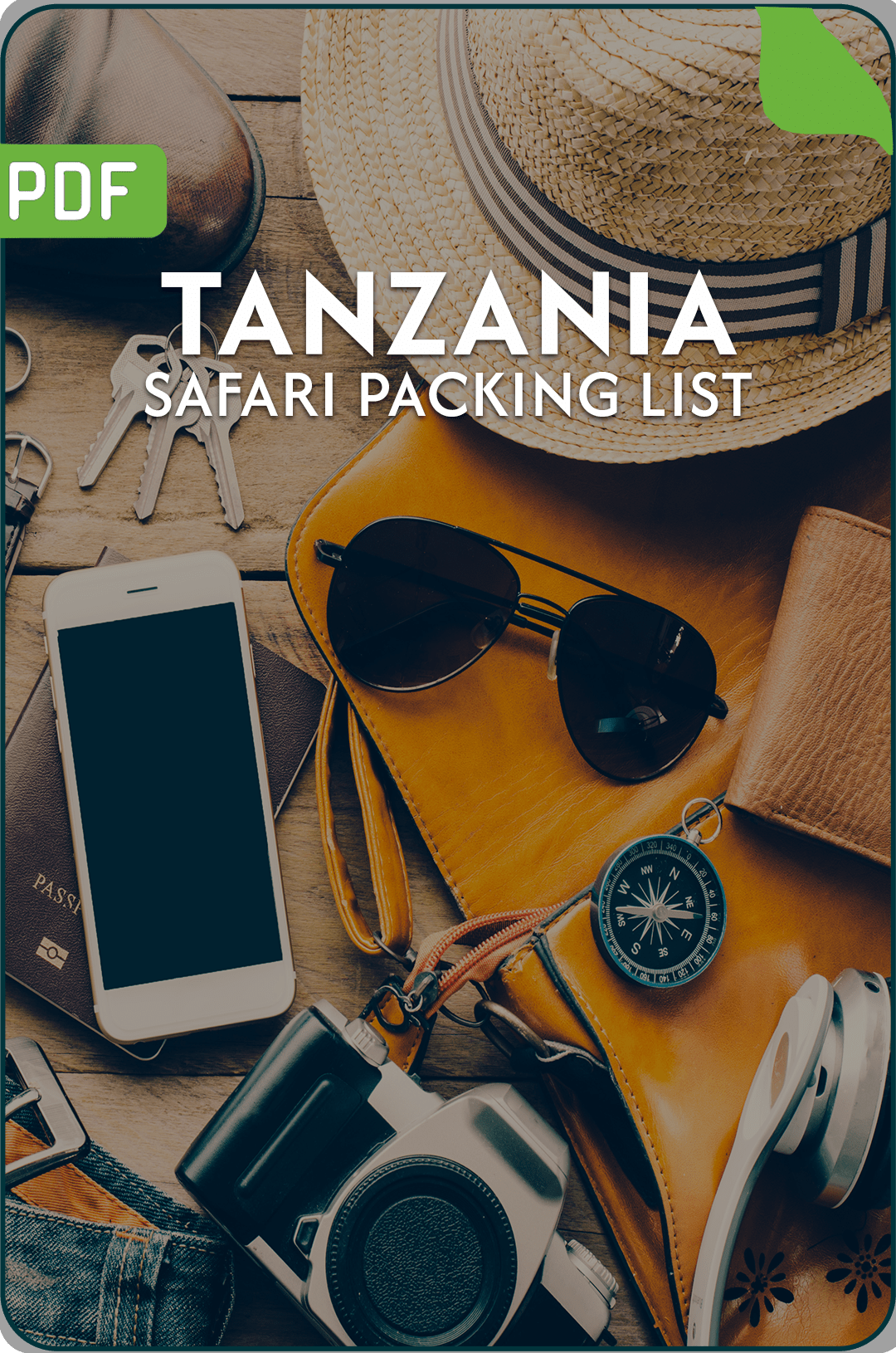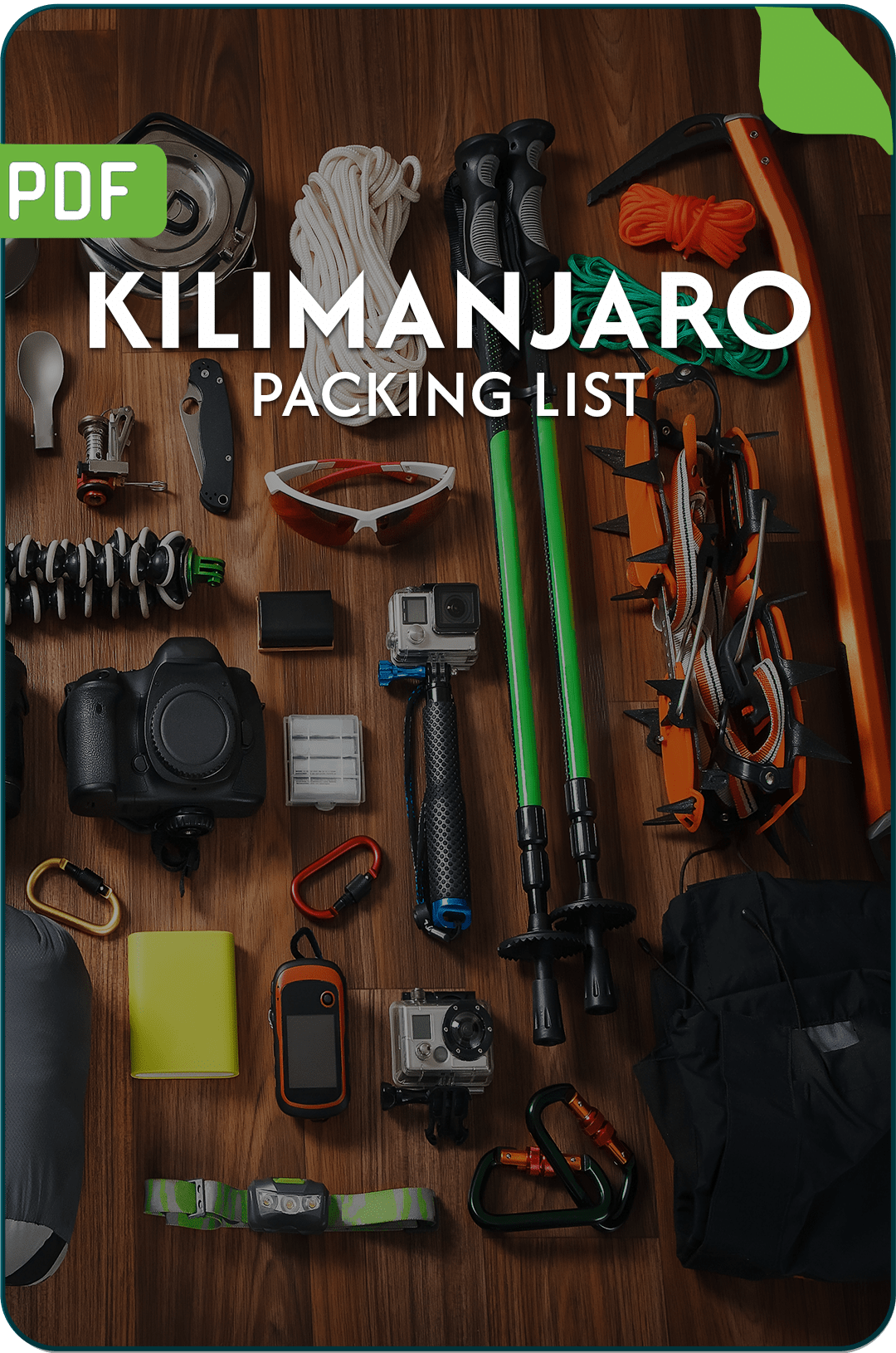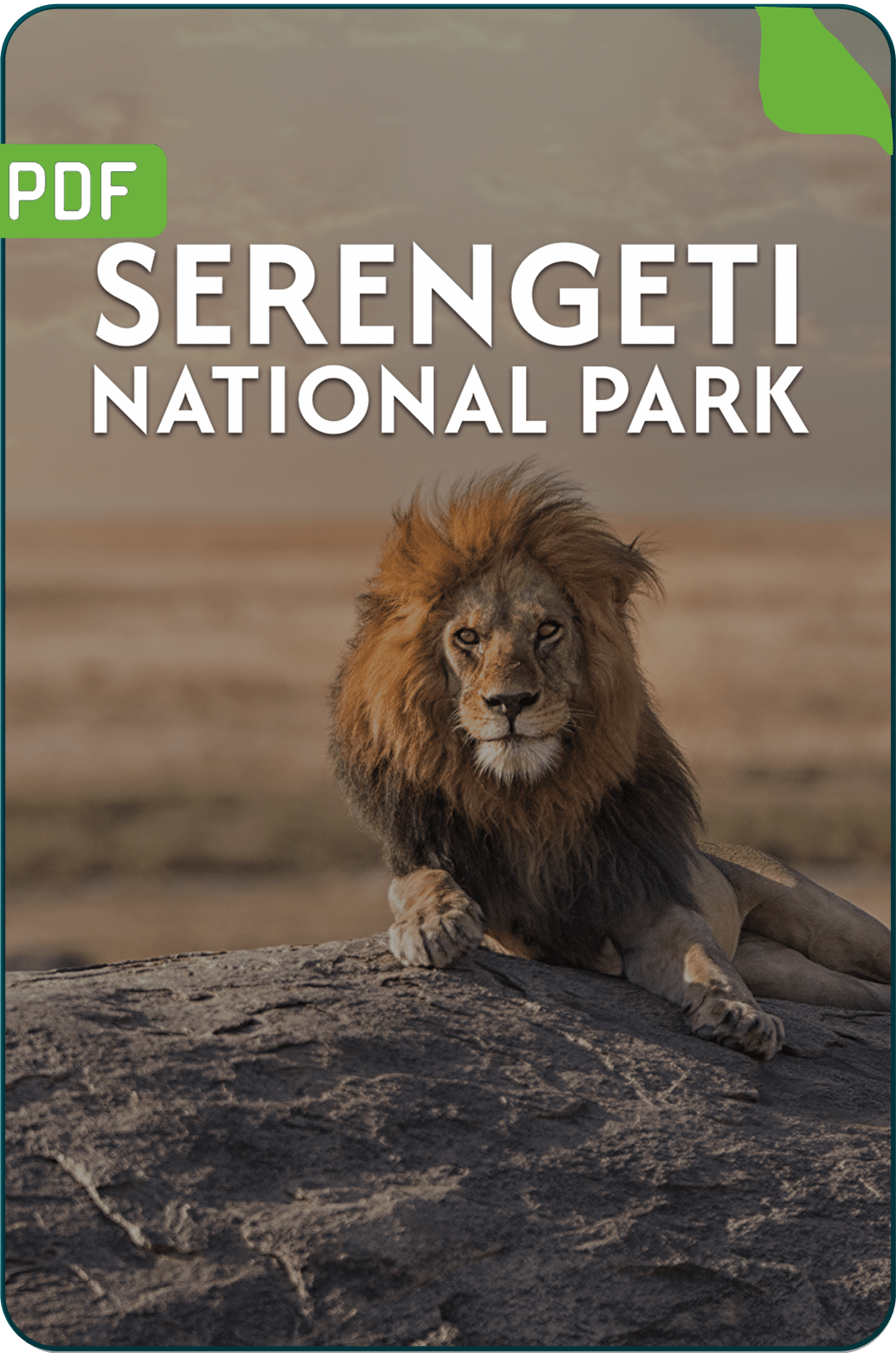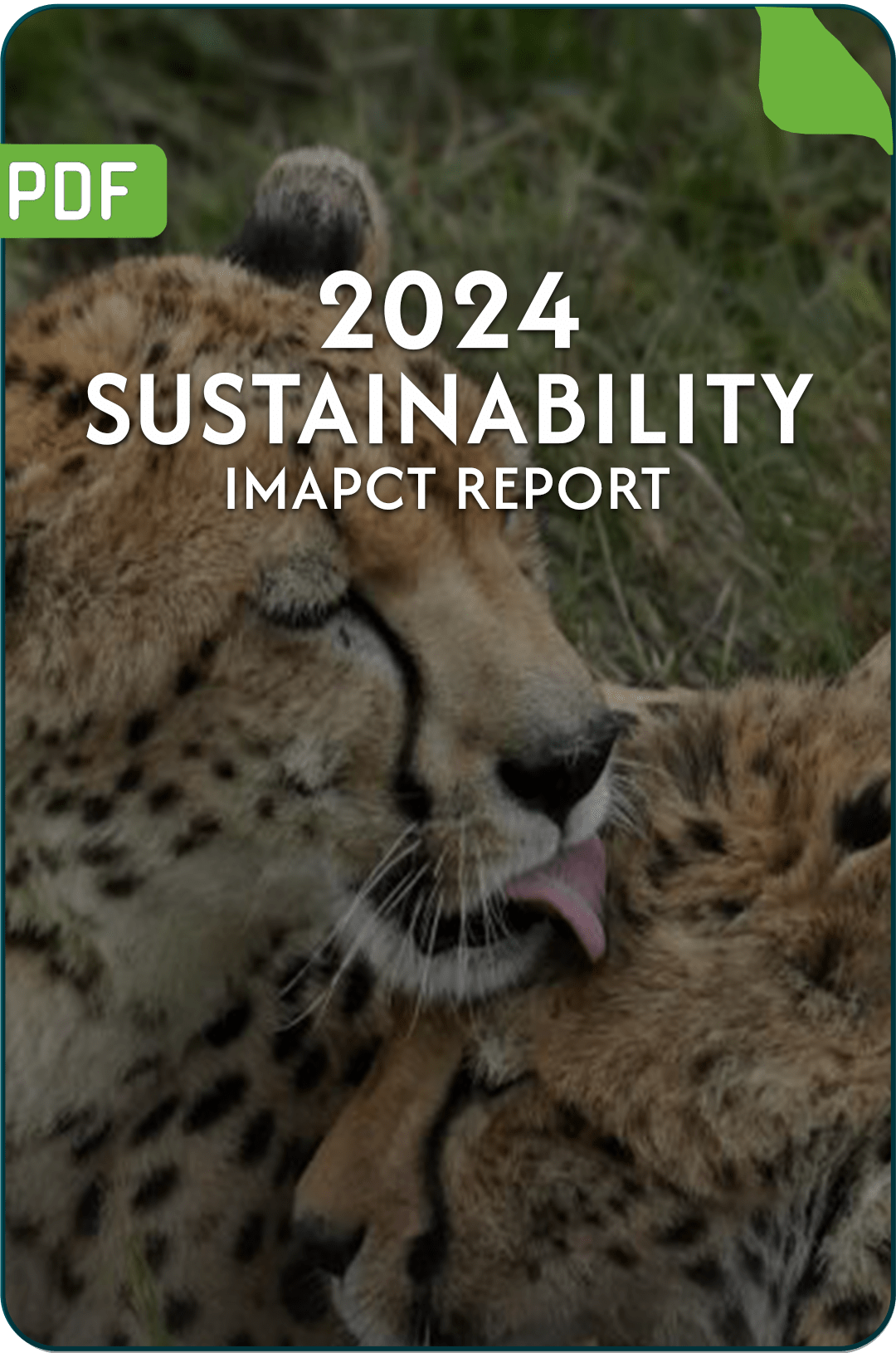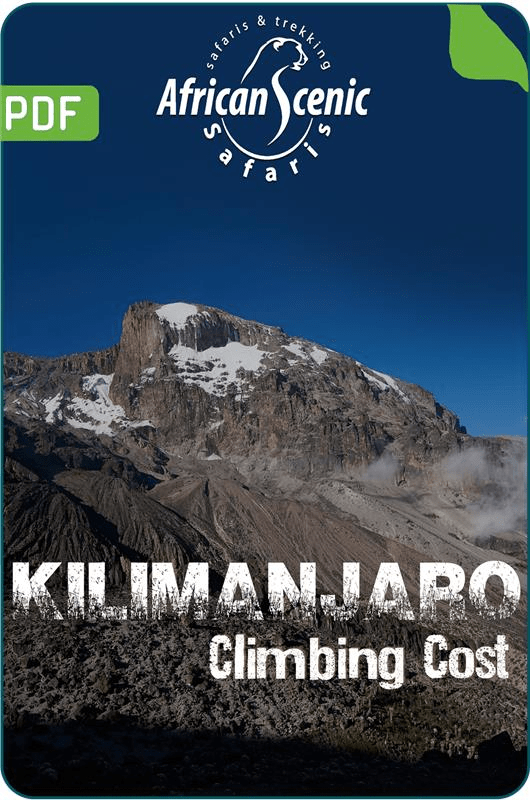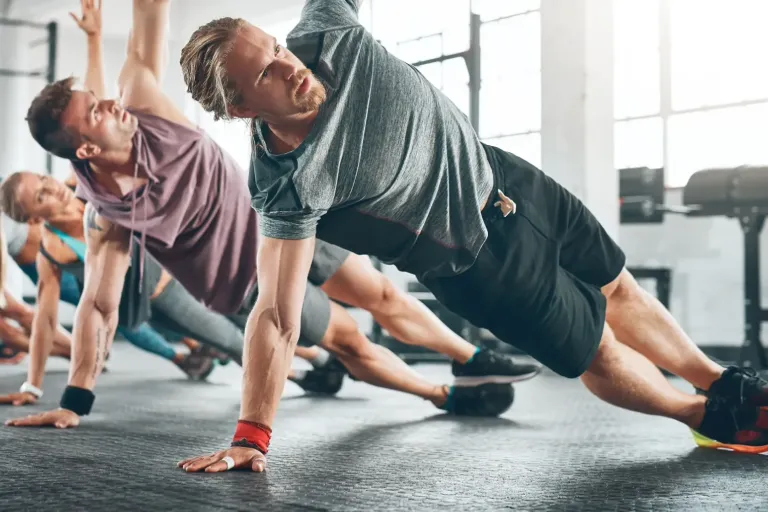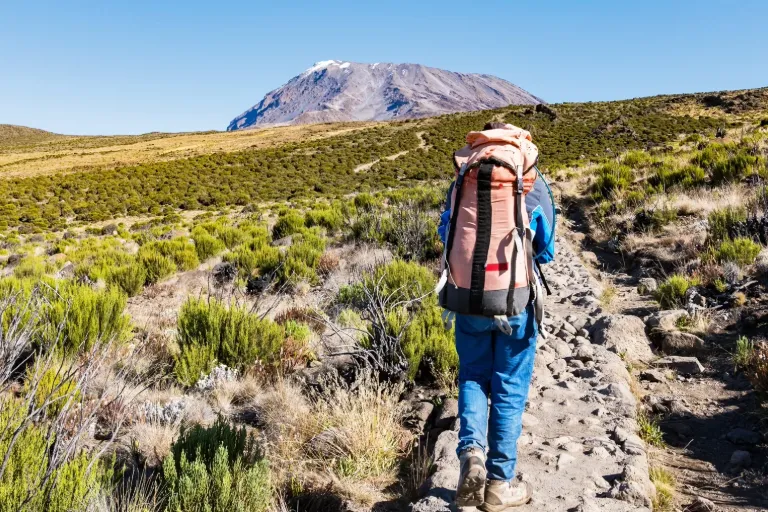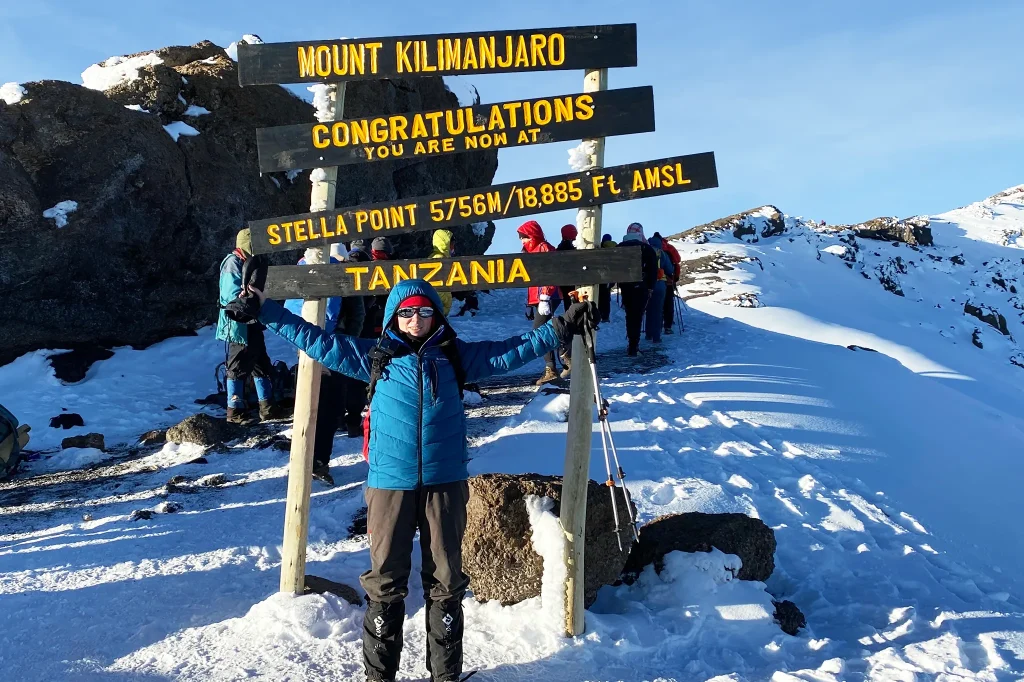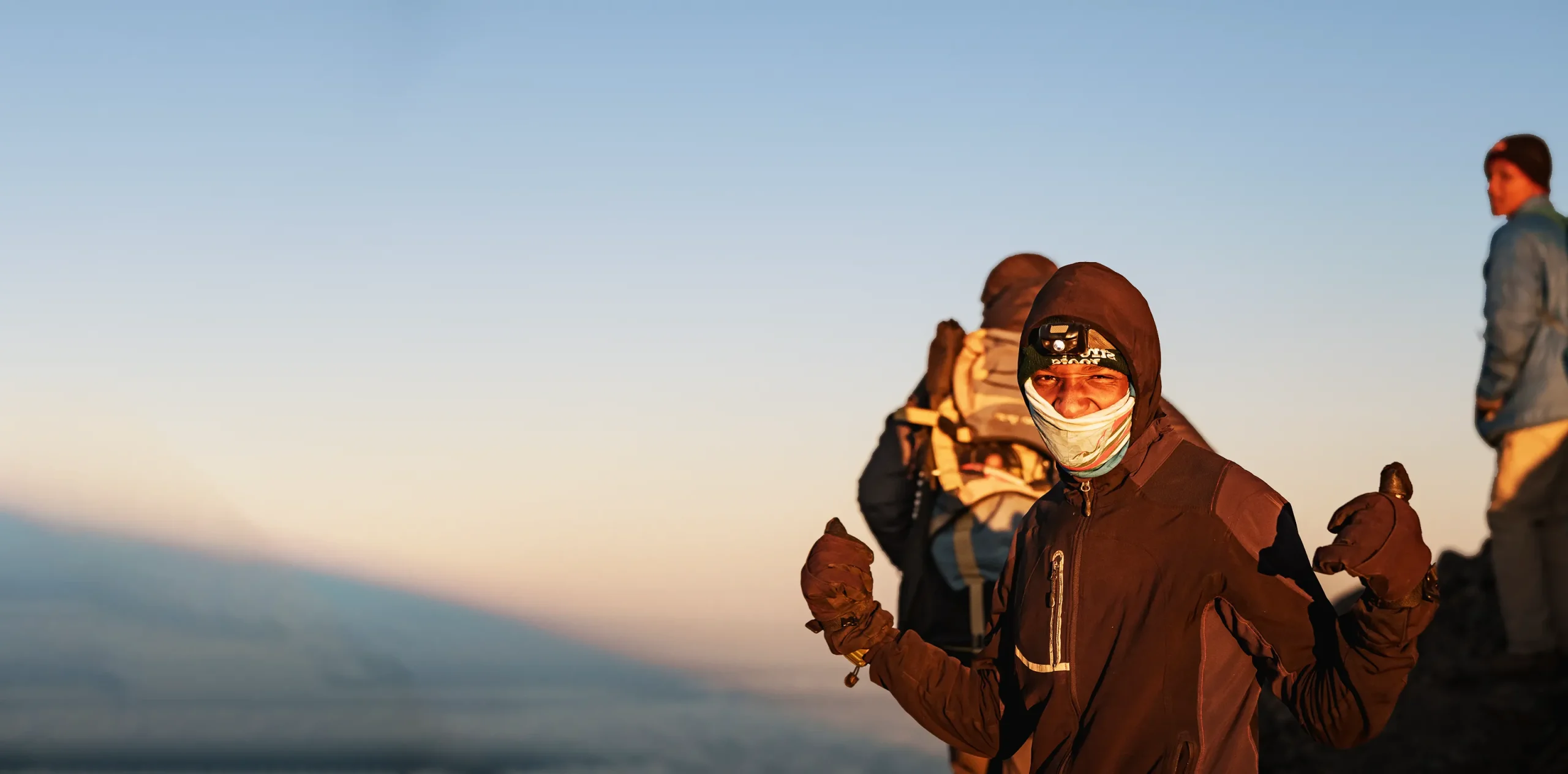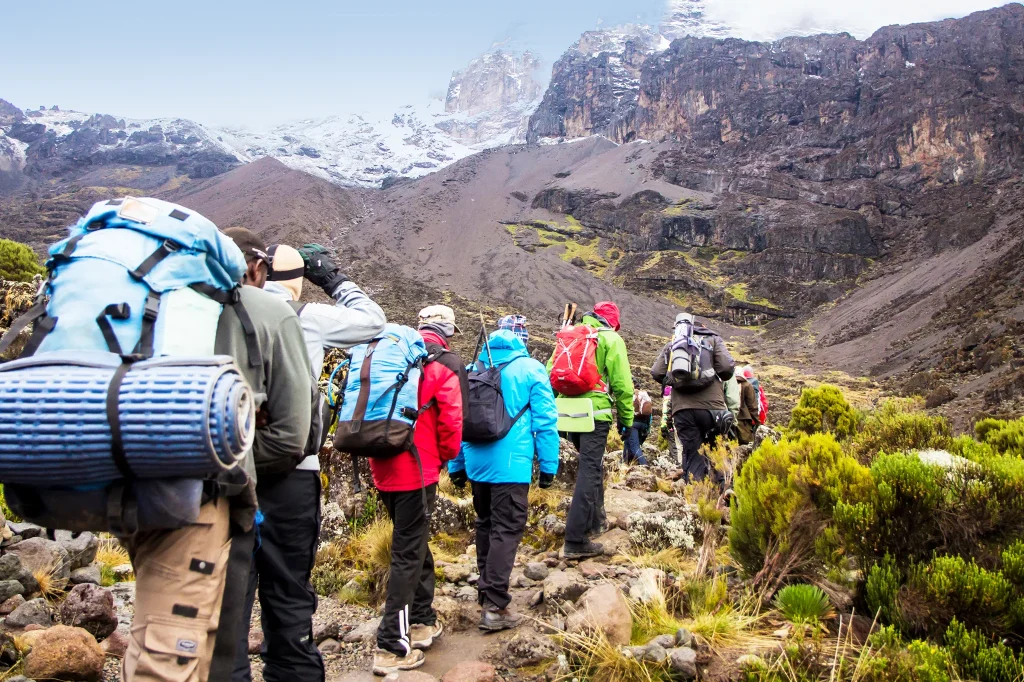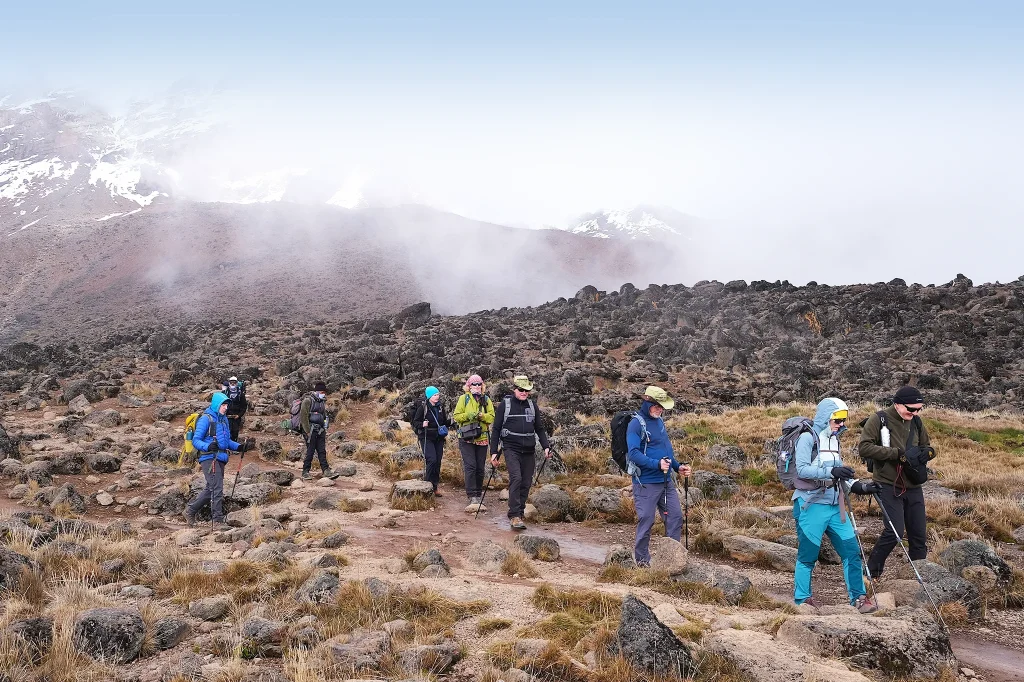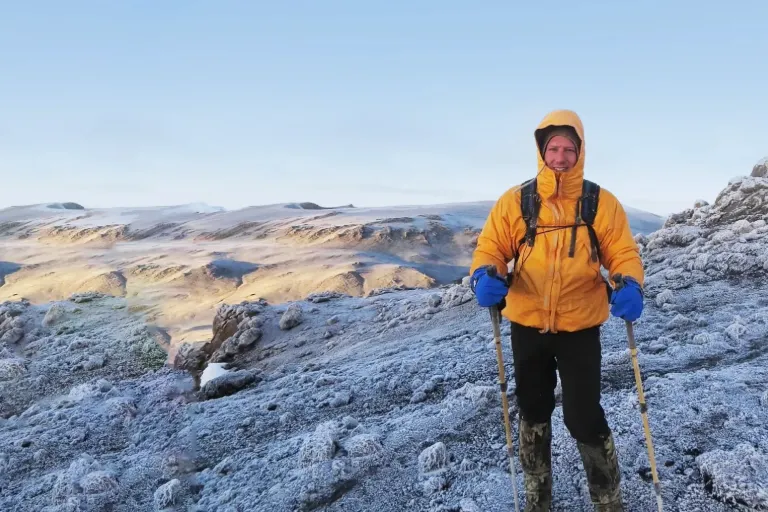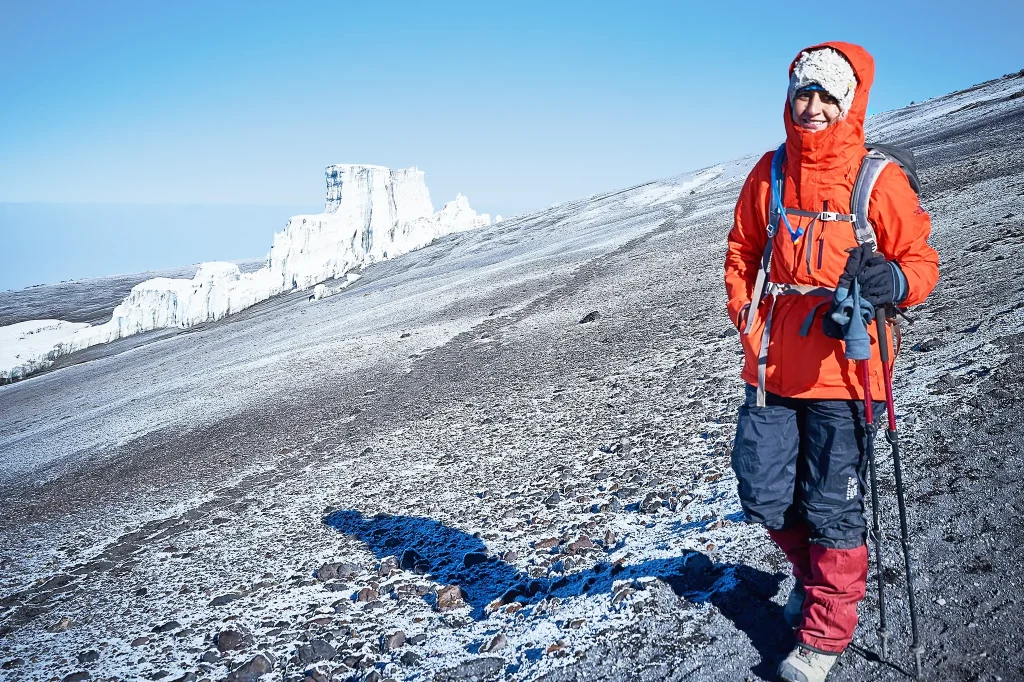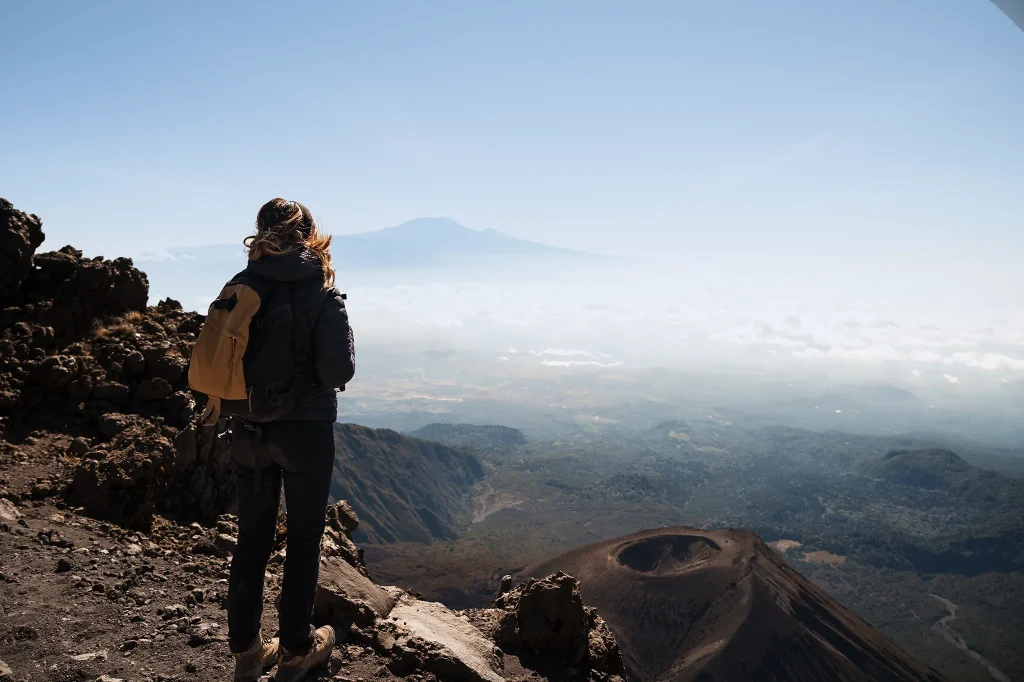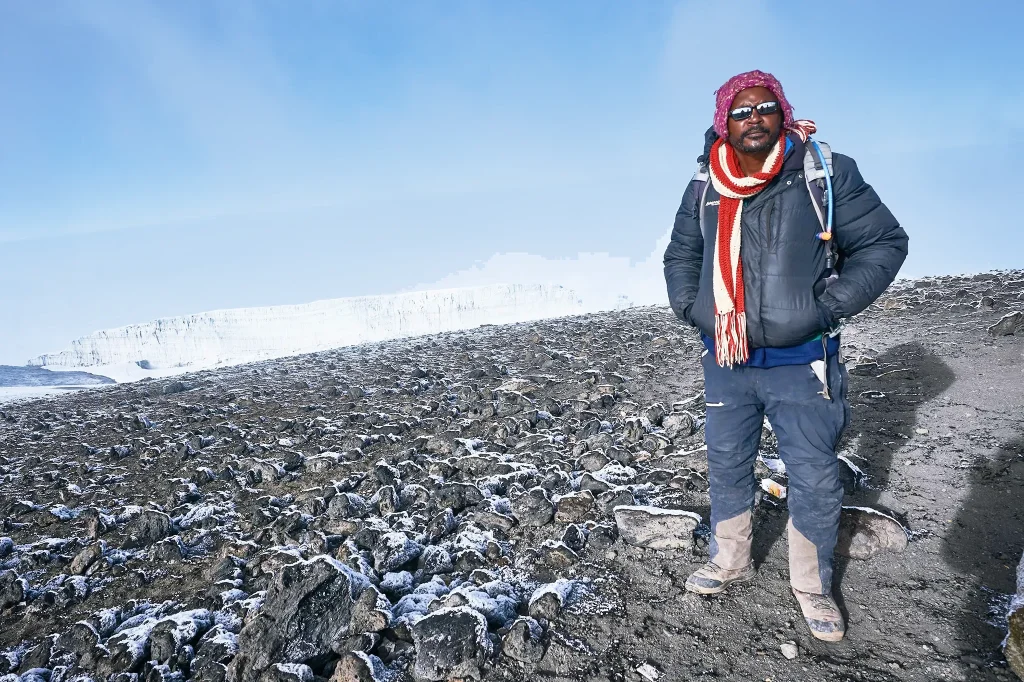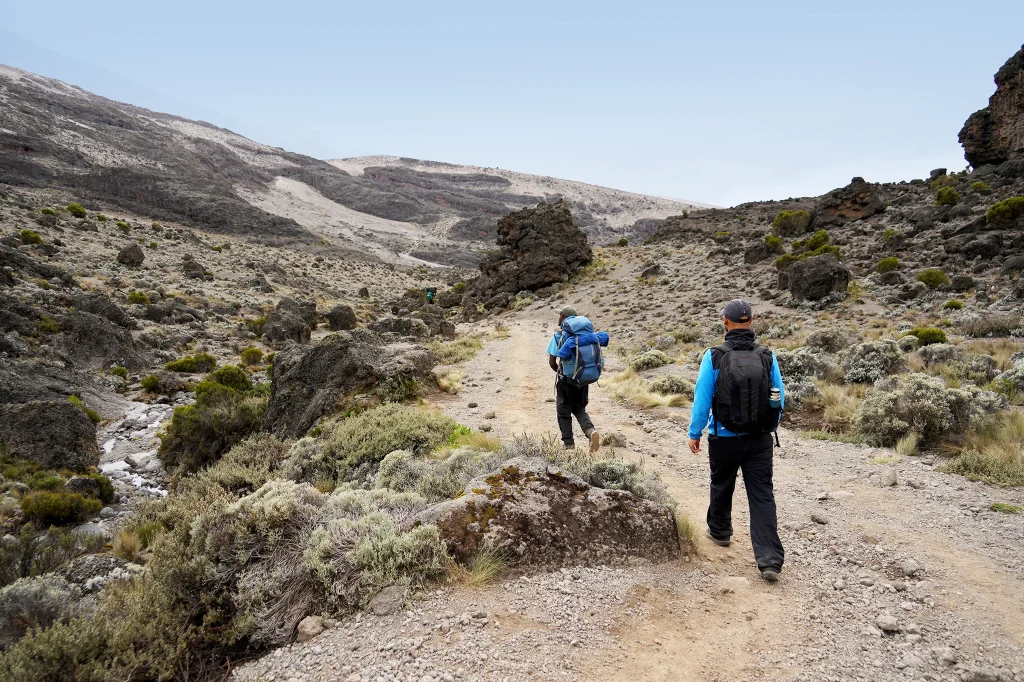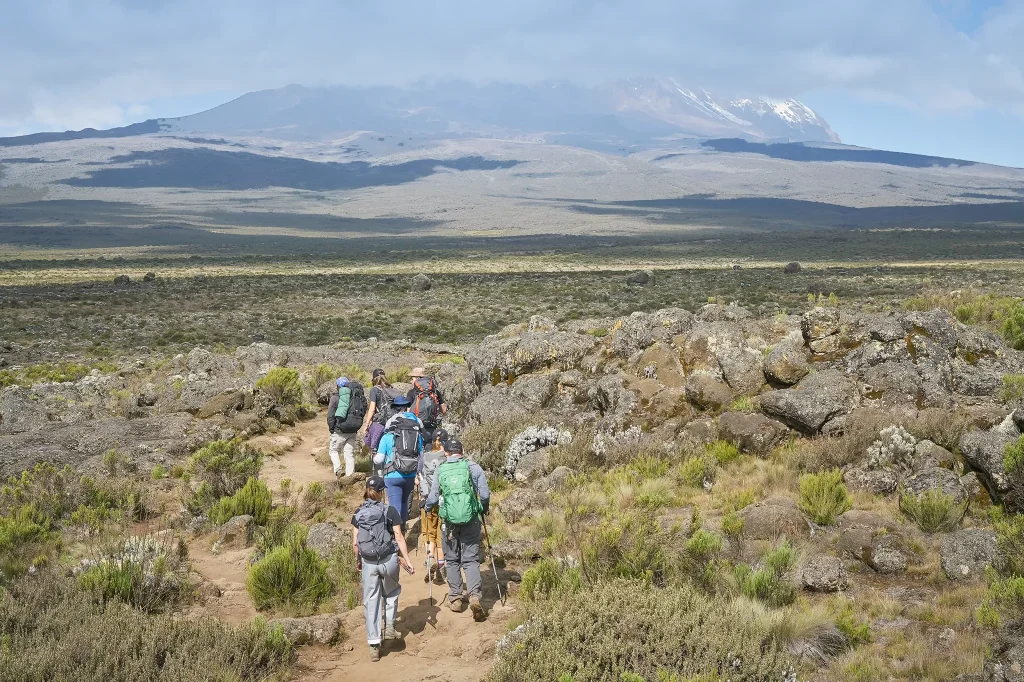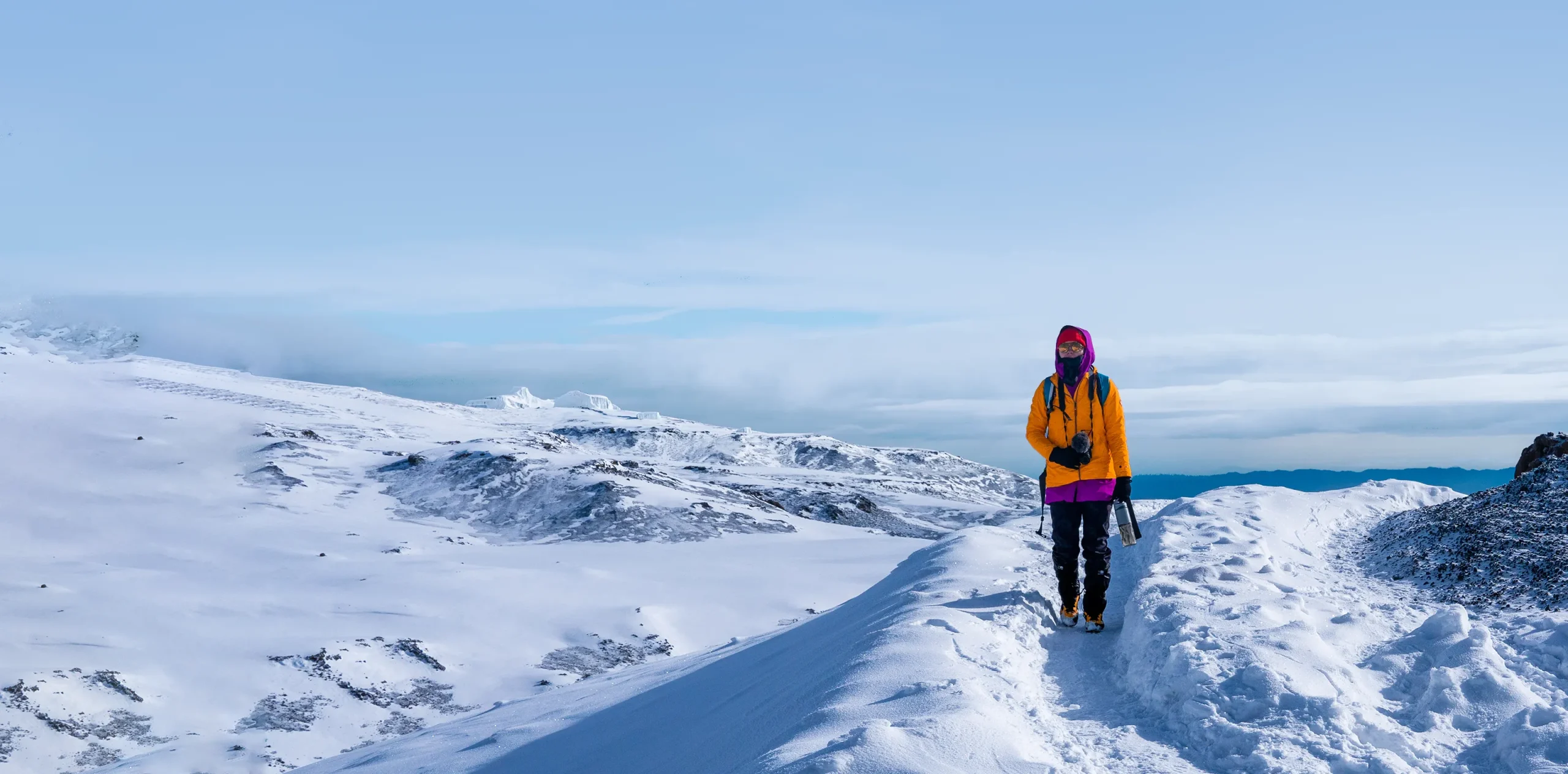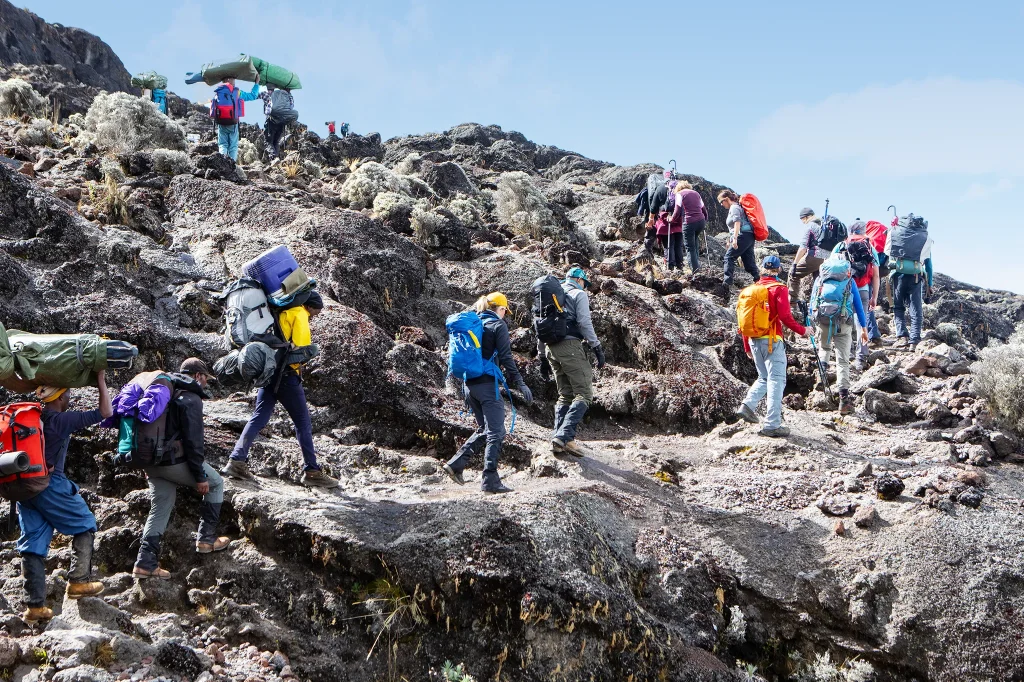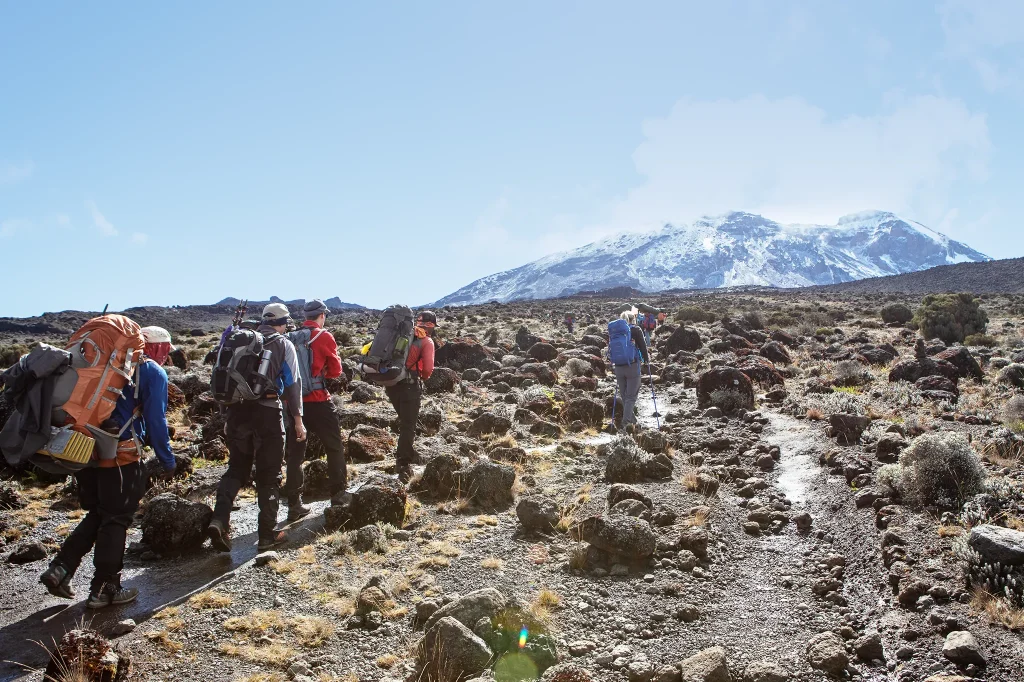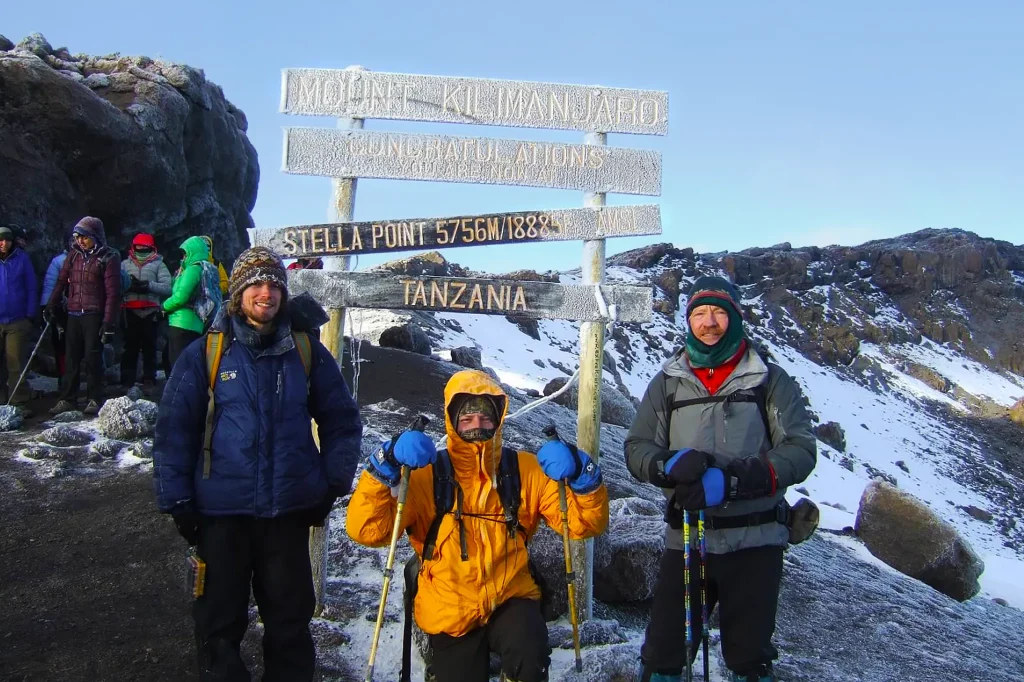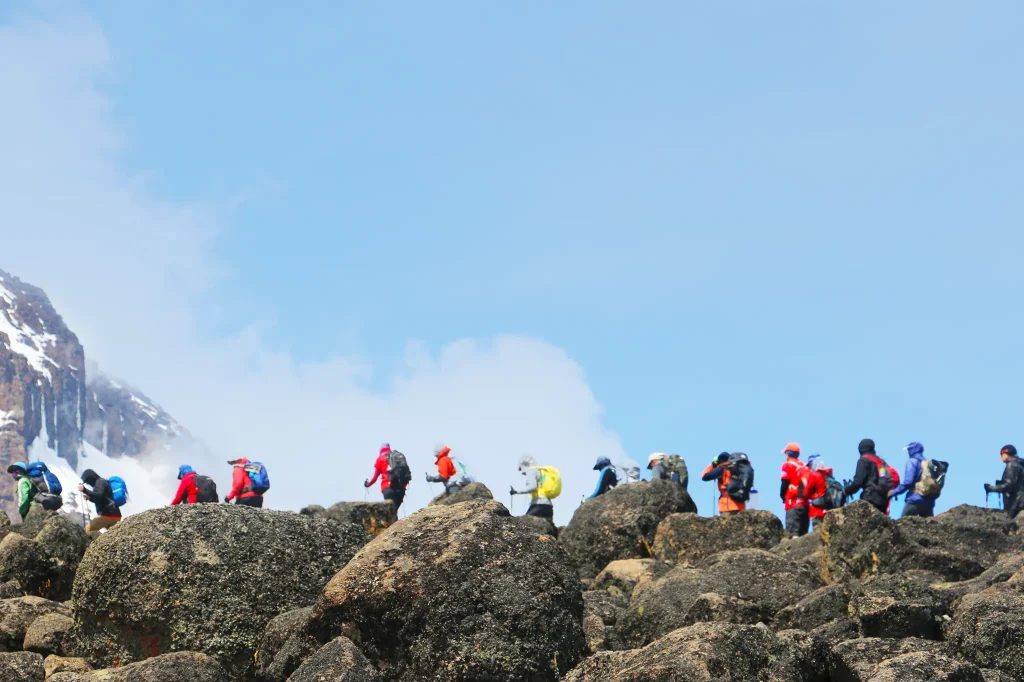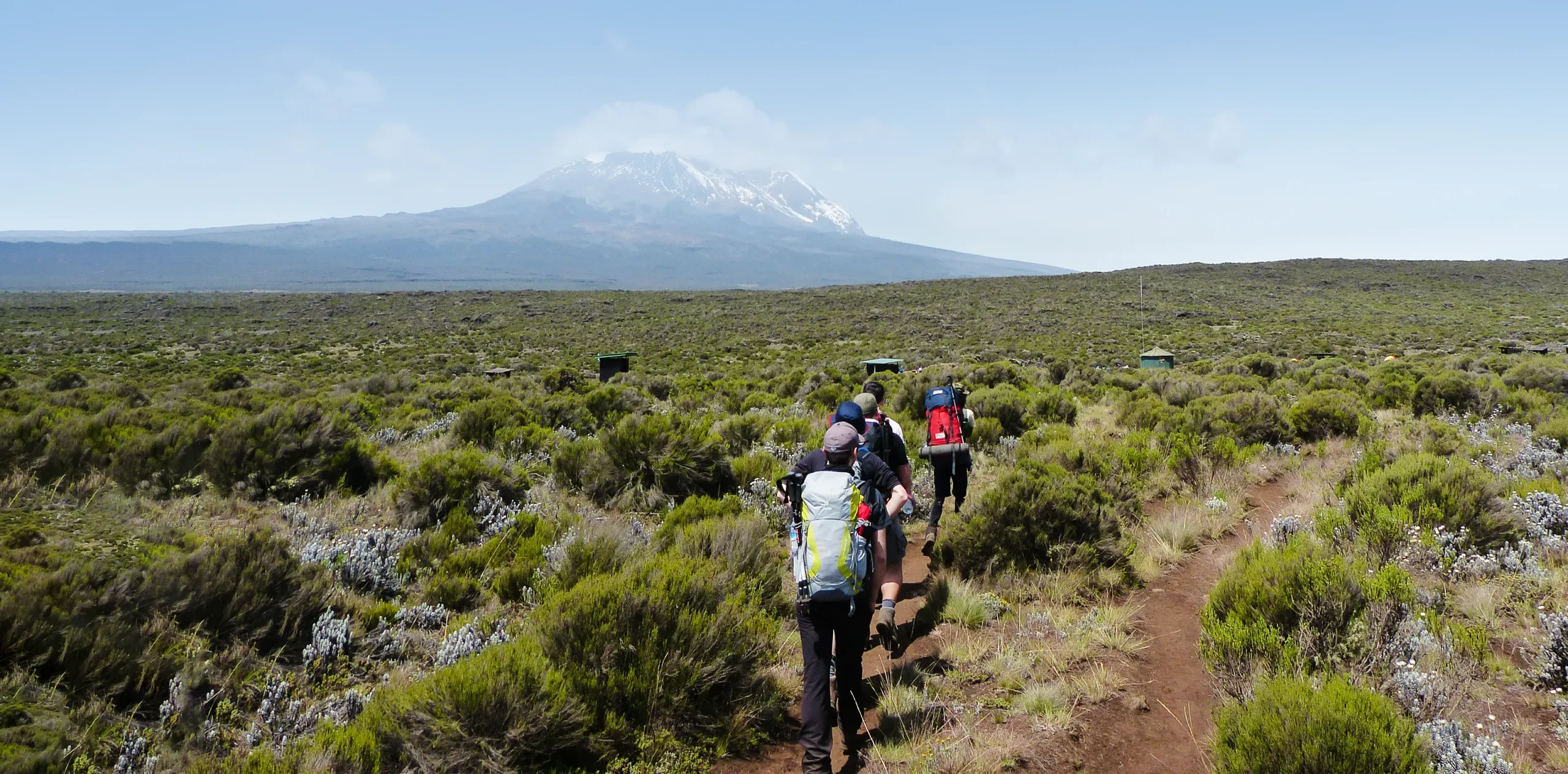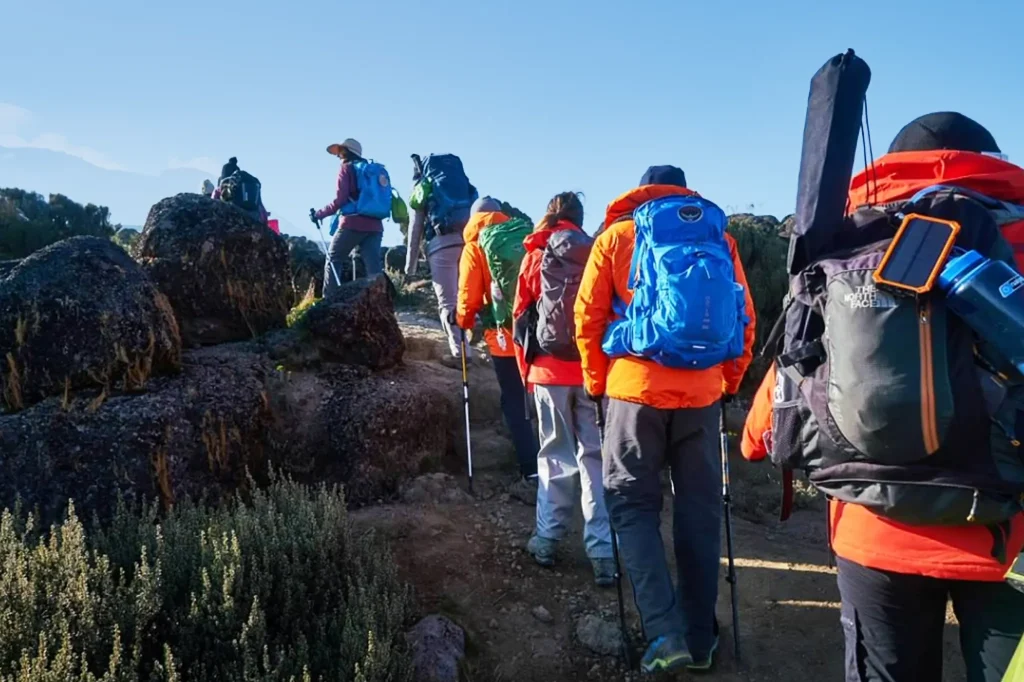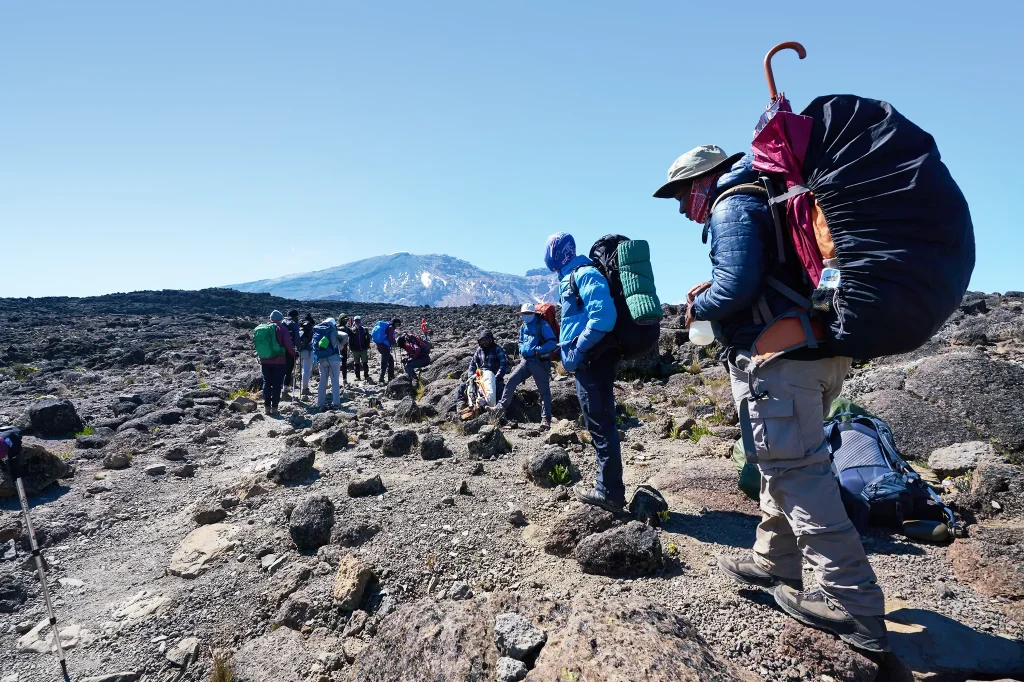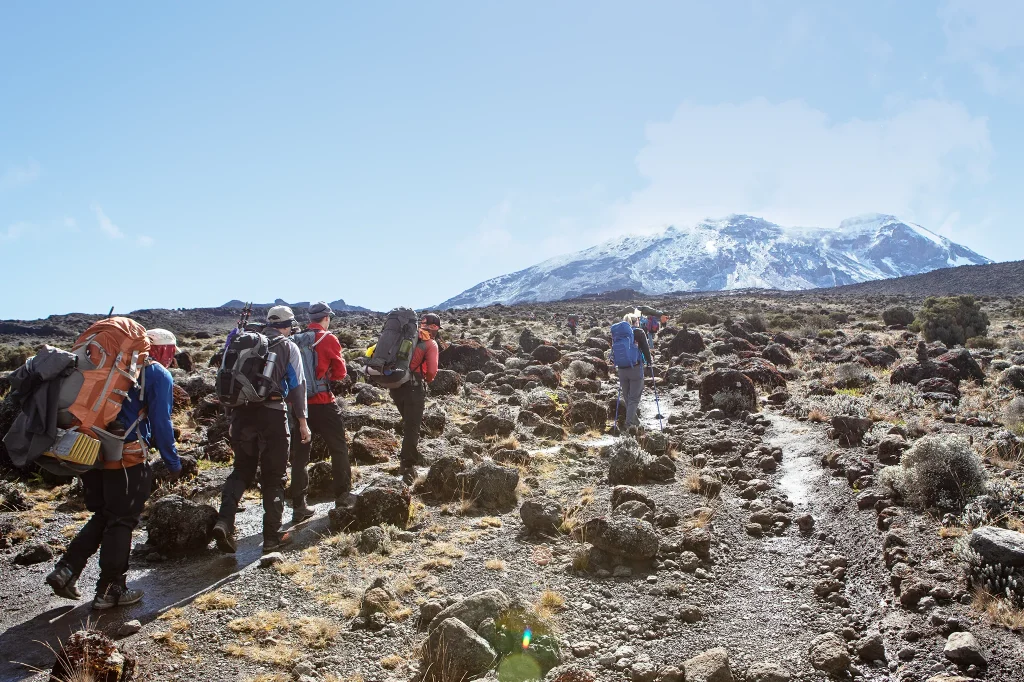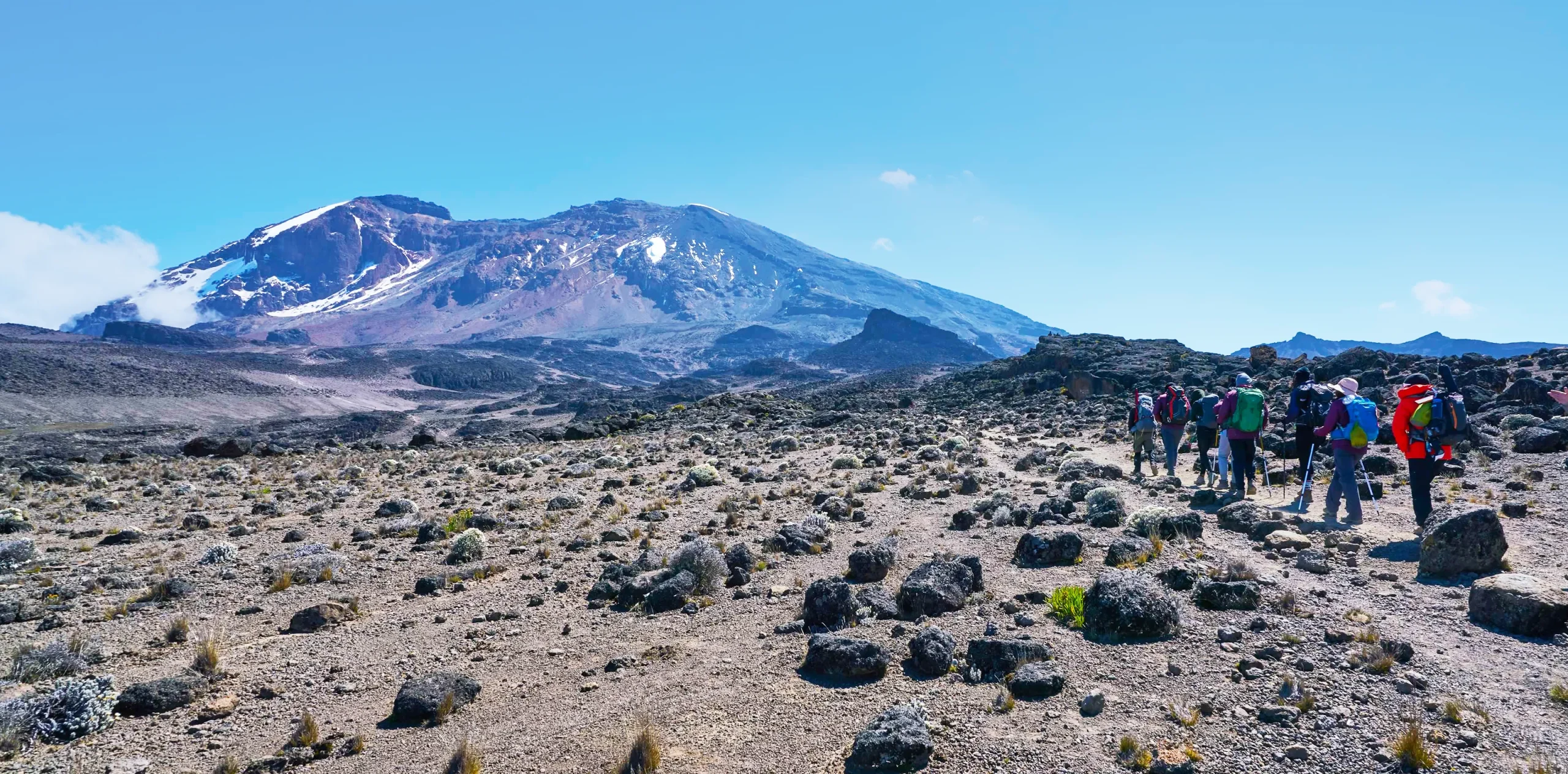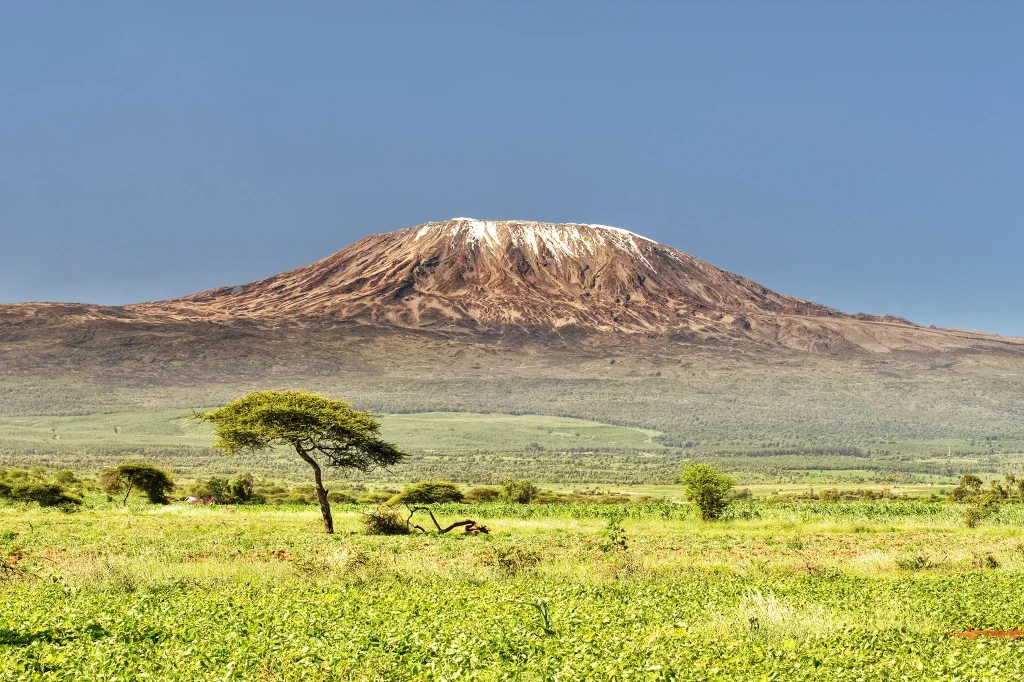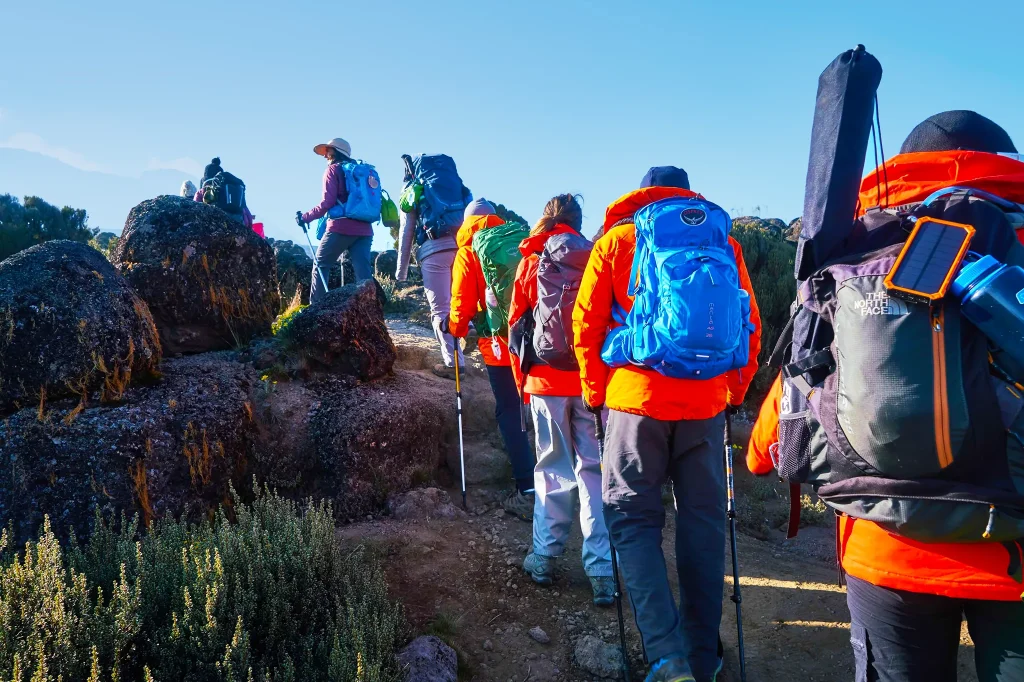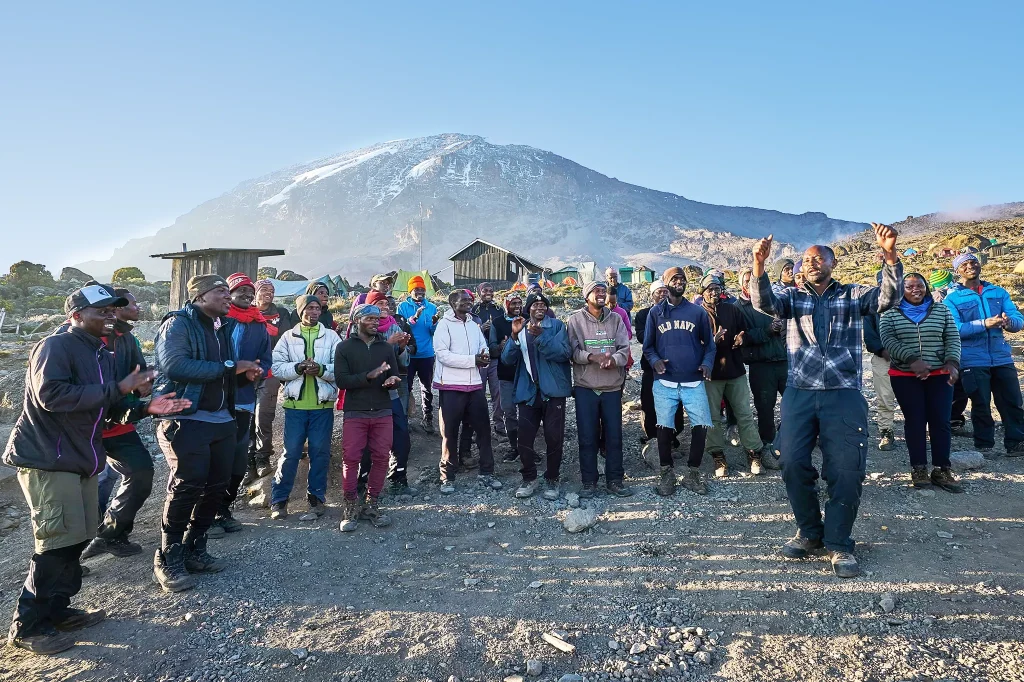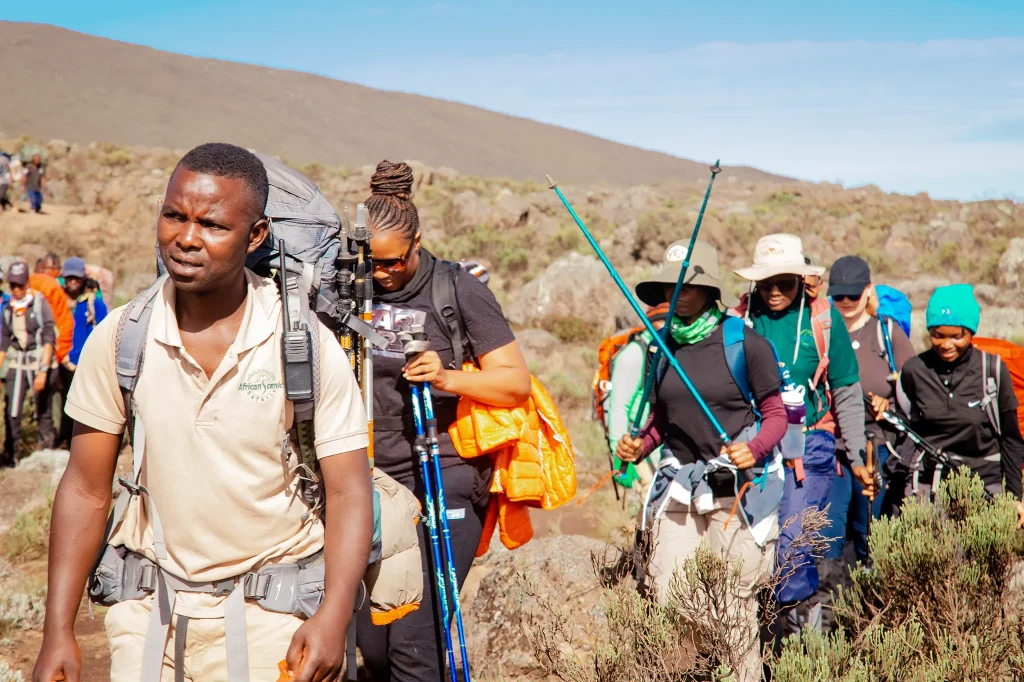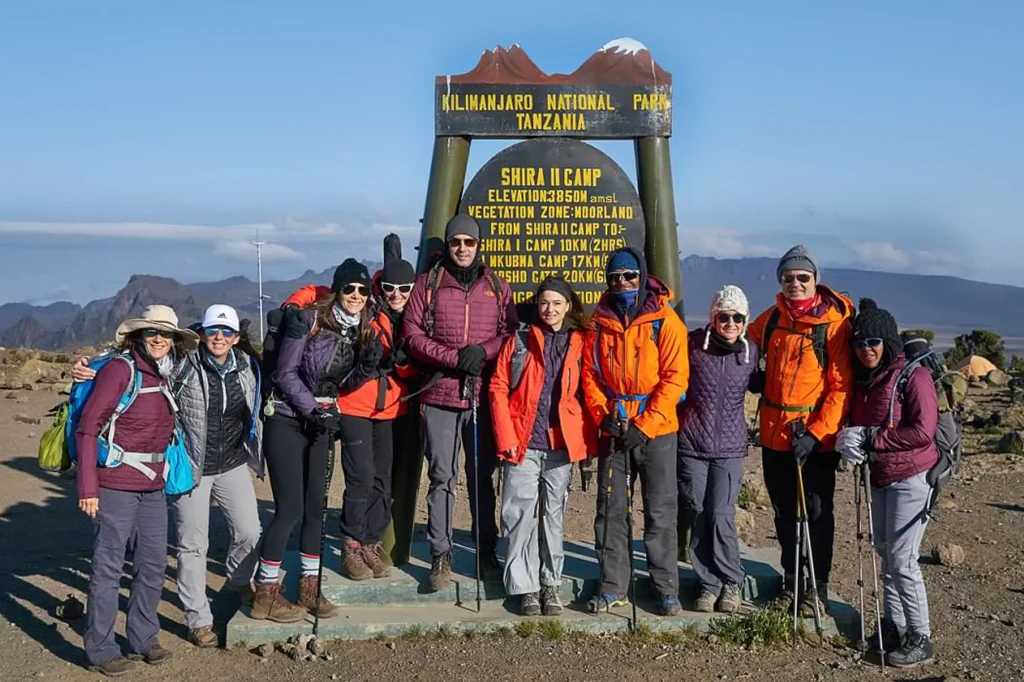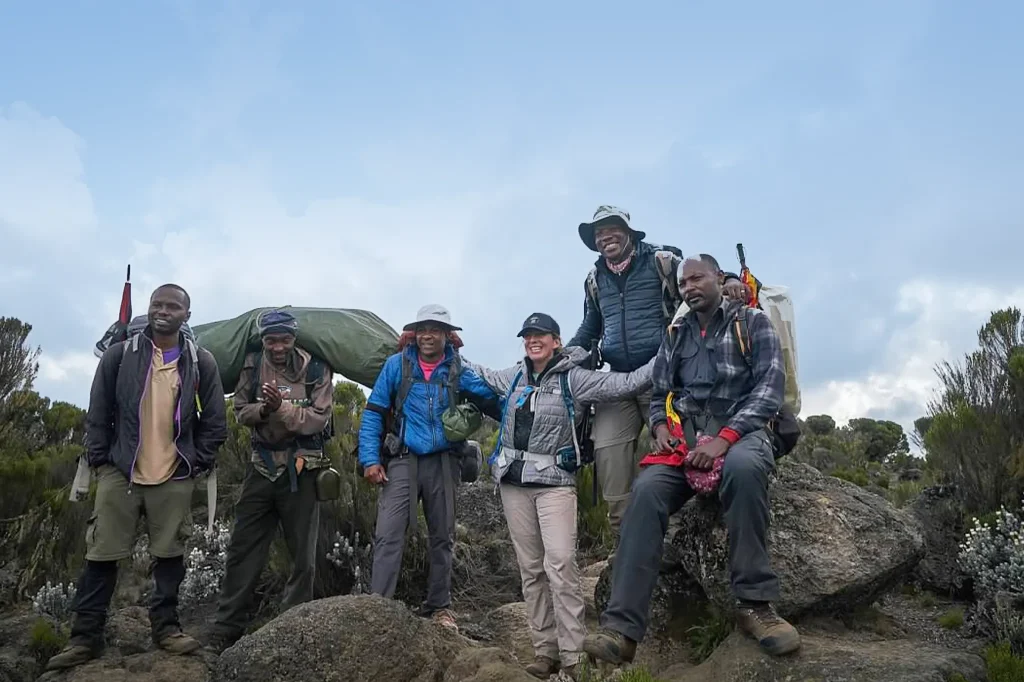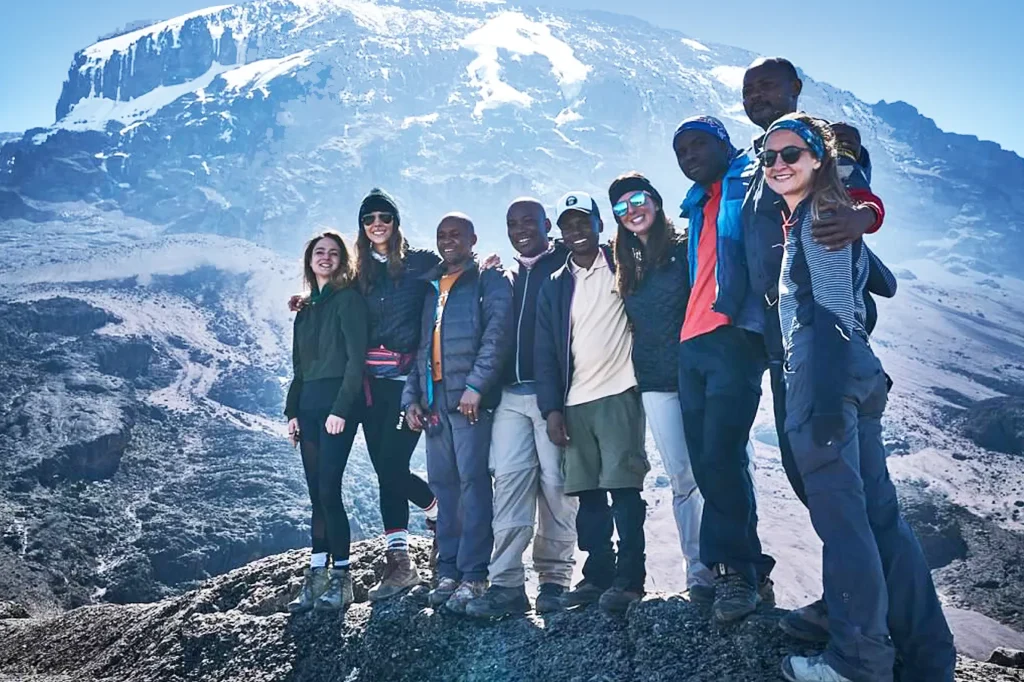Training for Kilimanjaro is about more than just a casual workout regime. It’s about preparing both mind and body for the thrilling challenge of Mount Kilimanjaro Climbing.
Think of it not just as scaling a mountain but as a means of going on an adventure of a lifetime. But how can you ensure that this adventure is more exhilarating than exhausting? This can only be achieved by doing the right kind of exercise regimen.
In this guide, we’ll explore the top five exercises that will prep you for the Kilimanjaro climb and enhance your trekking experience. Discover the ideal fitness roadmap to the summit of Africa’s iconic peak, Mount Kilimanjaro.
1. Cardiovascular Endurance Training
Before you start thinking about Training for Kilimanjaro, the first and foremost requirement is building cardiovascular endurance. It’s not just about the height but the journey up there.
- Aerobic Workouts: Engage in regular jogging, brisk walking, or cycling. Start with 30-minute sessions and gradually increase your time.
- Swimming: An excellent full-body workout that builds stamina and improves lung function, essential for high altitudes.
- Rowing: This helps build upper body strength and cardiovascular fitness.
- High-Intensity Interval Training (HIIT): Short bursts of intense activity followed by rest or low-intensity periods. HIIT can effectively build stamina in less time.
Consider enrolling in a specialized Kilimanjaro Training Program to round off your cardiovascular training. Many facilities offer courses focused solely on the requirements for climbing such altitudes.
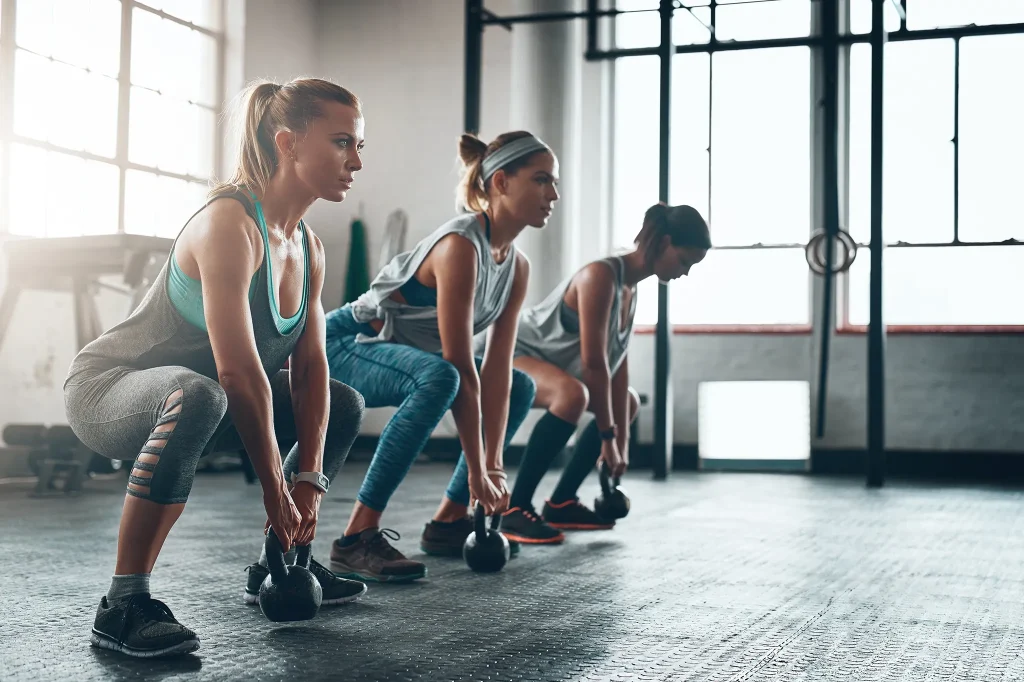
2. Strength Training
Once on the Mount Kilimanjaro Hike, you’ll need strength to carry your daypack, tackle rugged terrains, and push forward during the most challenging parts.
- Leg Workouts: Squats, lunges, and leg presses are key. Your legs will be doing most of the work, so they must be strong.
- Core Exercises: Planks, sit-ups, and twists. A strong core will support your back and overall balance.
- Upper Body: Push-ups, pull-ups, and dumbbell presses. You’ll need this strength for those uphill challenges and when using trekking poles.
When focusing on Training to Climb Kilimanjaro, remember that balance is vital. It’s not about bulking up but building lean muscle that supports and sustains you.
3. Altitude Training
One of the challenges when Climbing Kilimanjaro is adjusting to the altitude. While you can’t wholly replicate the mountain’s altitude, you can prepare your body by doing the following exercises to avoid Kilimanjaro Altitude Sickness:
- Hypoxic Training: Some gyms offer environments that mimic high-altitude conditions. It’s a way to prepare your lungs and body for what’s to come.
- Mountain Hikes: Engage in hikes on nearby peaks. This allows your body to adjust to different altitudes gradually.
- Breathing Exercises: Deep breathing, yoga, and other exercises can help improve lung capacity and oxygen utilization.
While Mount Kilimanjaro Climbing offers breathtaking vistas and a profound sense of accomplishment, it also poses unique altitude challenges. So, training smartly is essential, ensuring your body and mind are well-prepared to tackle and enjoy every step of this grand ascent.
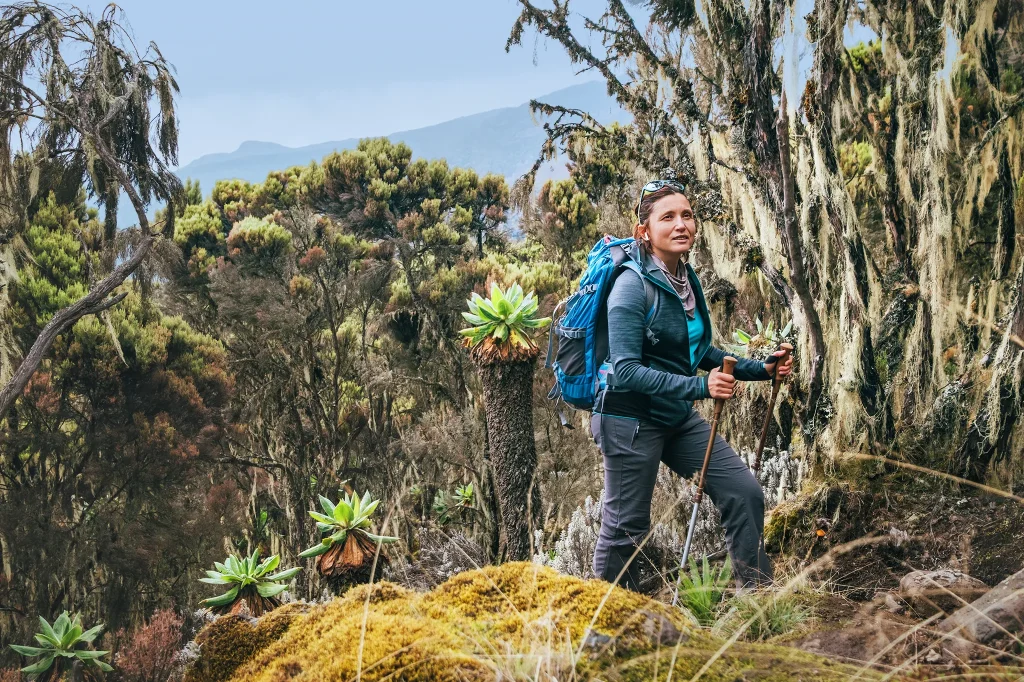
4. Flexibility and Balance
Maintaining flexibility can help prevent injuries. On Kilimanjaro Climbing Tours, the last thing you’d want is a sprained muscle slowing you down.
- Doing Yoga while incorporating poses like the Downward Dog and the Warrior series improves flexibility and balance.
- Pilates enhances core strength and improves overall body flexibility.
- Tai Chi is a great martial art system that boosts balance and coordination. You must master these two aspects when navigating tricky terrains while Climbing Kilimanjaro.
- Regular, post-exercise stretching can prevent muscle stiffness and improve range of motion.
- Practice some balance exercises. Use stability balls or wobble boards to challenge your balance.
As you proceed with your Training for Kilimanjaro Plan, always prioritize warming up before workouts and cooling down to maintain muscle health.
5. Mental Preparation
Though mental preparation can be an overlooked aspect when Climbing Kilimanjaro, it can significantly determine the success of your journey. The heights of Kilimanjaro don’t just test your physical endurance but also challenge your mental resilience.
- Meditation
Meditationis an age-old practice that can serve as a foundation, building mental grit and resilience.
Regular meditation can teach you to stay calm in adverse situations, allowing you to push through the more challenging phases of the climb with a clear and focused mind.
- Visualization
It is a powerful tool for any athlete or adventurer; visualizing yourself standing triumphantly atop Kilimanjaro’s peak can instill a deep sense of determination.
Feel the cold breeze, imagine the vastness of the landscape, and see yourself achieving that moment of glory. This internal motivation can be pivotal during tough times on the trail.
- Research and Reading
Knowledge is power. Dive deep into resources about Kilimanjaro Climbing Tours.
Familiarising yourself with the Kilimanjaro Climbing Routes, challenges, and experiences of past climbers can provide a mental roadmap, allowing you to anticipate and mentally prepare for what lies ahead.
As you lace up your hiking boots and shoulder your pack, remember that conquering Kilimanjaro isn’t just a physical endeavour. Your mindset plays a pivotal role in this journey.
In Closing: Prepare, Persist, and Conquer
Merging a solid mental attitude with rigorous physical training creates an unbeatable combination for Climbing Kilimanjaro. It ensures you’re well-equipped to face and cherish every moment on the majestic slopes of the grand mountains.
Ready to turn this vision into reality? Choose African Scenic Safaris and explore our tailored Kilimanjaro Climbing Packages to begin your once-in-a-lifetime ascent today.


